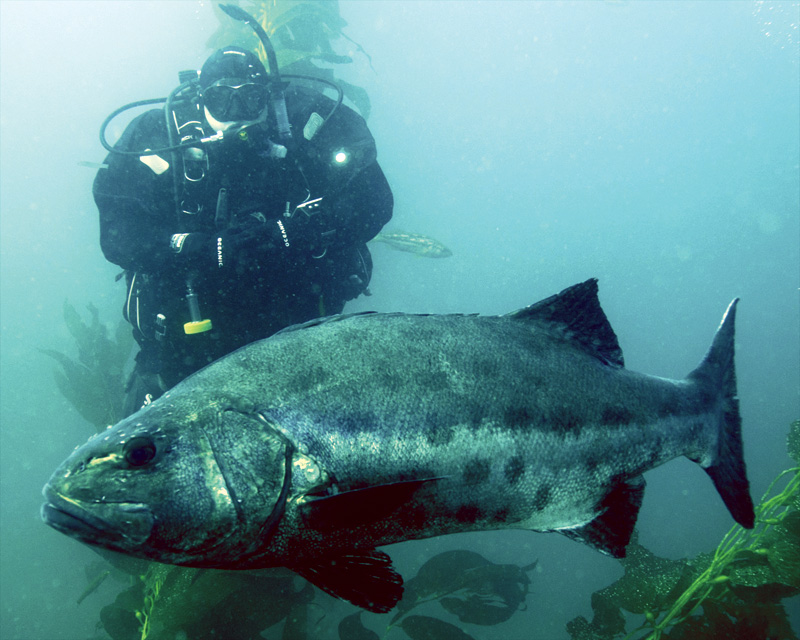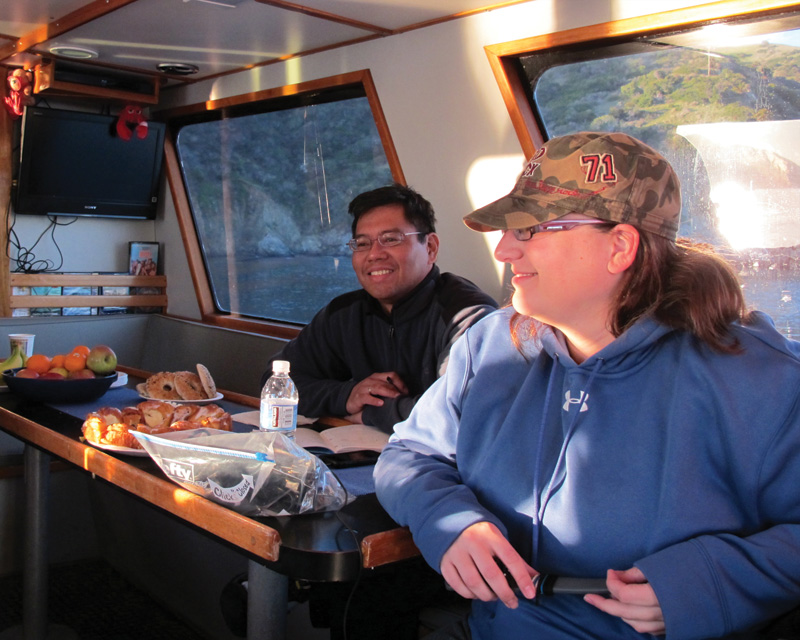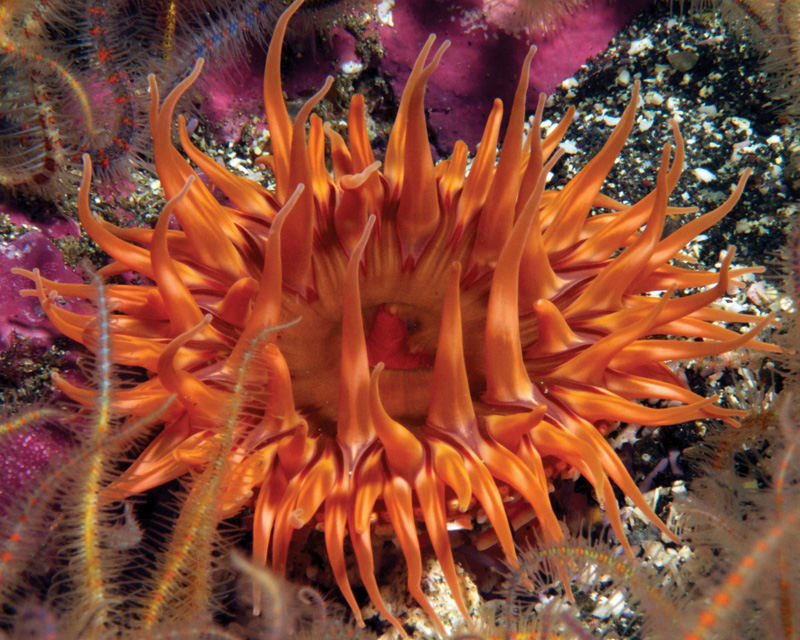I love California diving! I’ve spent about a third of my dive career in Southern California waters, mostly on day boats and liveaboards in and around the Channel Islands. That’s long enough to appreciate the seasonal changes in sea life, water conditions, and (human) crowd dynamics on the shore. It’s also long enough to have experienced open boat charters that were over-crowded or cancelled because there weren’t enough divers.
My solution? Photo club charters!
I host the underwater photography club at our All Wet Scuba in Tempe, Arizona (I also teach underwater photography). Members range from aspiring photographers through beginners with point & shoot ‘kit’ cameras to veterans with DSLRs, strobes, video systems, aluminum housings – you name it. We meet monthly to swap stories, admire and critique each other’s technique (e.g., “you can see where changing the aperture would have given you more depth of field” or “even with a point & shoot, you can change ISO and get a better shutter speed”), debate the merits of various gear options, and … charter dive boats!
Words & Photos by George Moakley
There are a number of advantages to chartering a dive boat for a dive club. These advantages aren’t limited to photographers; they apply to any kind of group, ESPECIALLY when such groups carry specialized equipment (e.g., tech divers) or have an interest in off-season diving.
First, there will be no cancellations on day boats. You know you’ll have enough divers, even off-season, because the club has chartered the whole boat. Yes, there’s a reason ‘off-season’ is off-season, and you may experience some cold nights and see some of the more tourist-oriented attractions shuttered. But, winter diving in California offers better visibility and many beautiful days. It can be colder (especially for night diving), but that’s not a problem with the right gear – like my dry suit. We recently charted a live-aboard for a late January trip to enjoy beautiful weather, clear water, and seasonal opportunities for great photography (squid mating, resulting egg mats, and the sea life they attract). In fact, many of the photos accompanying this article are from our January trip.
Second, there will be no overcrowding. You know the boat won’t be overcrowded because you’ve chartered the whole boat, and you can limit the number of divers so there’s plenty of room for all your gear. In addition to my dry suit, I usually travel with a Nikon DSLR and Ikelite housing with macro and wide-angle port assemblies, and a Canon video camera with a Light and Motion Bluefin Pro housing. Our tech divers face a similar problem. As a rule of thumb, we charter a dive boat that usually carries a group twice our size (e.g., Sundiver’s live-aboard with only 12 divers).
Finally, it’s your charter, so you can (working with the captain, of course) choose the dive sites. I can’t count the times, on open boats, I’ve surfaced from a really exciting dive site and wanted to stay (especially if I wanted to switch from wide-angle to macro or still to video). With a club charter, you can stay! We found a great site last fall for giant black sea bass (Stereolepis gigas) and were able to stay until everyone was able to get all the images they wanted – even those of us that had a little trouble finding them at first.
Practical pointers include finding a charter operation that’s the right size for your group. There are a number of fine charter operations serving the California dive market, but, for our club, we prefer a live-aboard whose normal capacity is twice our group’s size (typically about a dozen divers). We also need a schedule that will accommodate driving between Tempe, AZ and the dive boat (evening arrival and morning departure).
When we divide the cost amongst the participants, it’s a little more expensive than chartering individually with an open boat BUT it’s well worth it. The boat often charges a bit less for this kind of charter because it has advantages for them as well – the group is half the size they normally support, and all the divers will be experienced and proficient. The club leads will handle a lot of the group dynamics. And, in our experience thus far, they find us to be a fun group – and usually pretty good tippers!
Words & Photos by George Moakley



